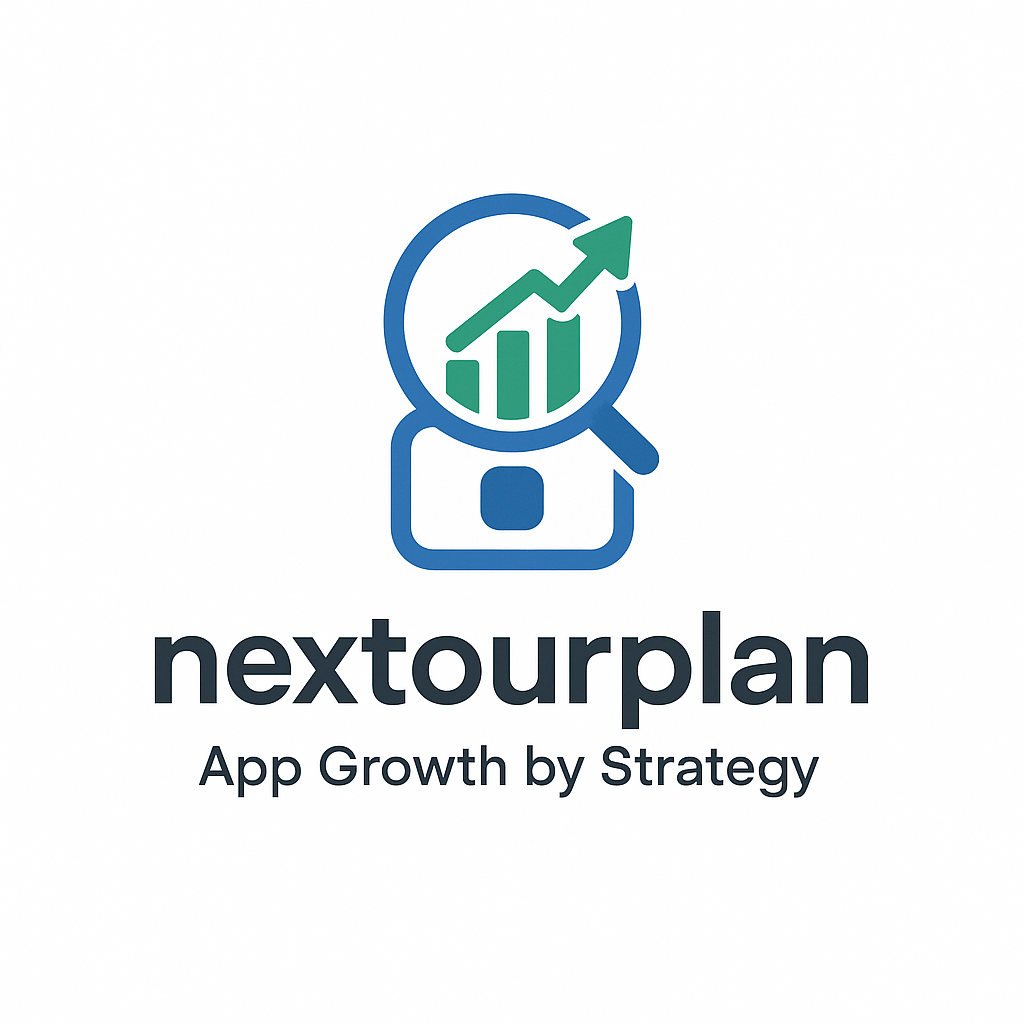Launching a mobile game or app on the Google Play Store is only the first step. To stand out in the highly competitive app market, developers and publishers must keep track of key performance indicators (KPIs) that define success. These benchmarks help evaluate performance, improve user experience, and optimize growth strategies.
Below are the most important Google Play Store benchmarks every developer should monitor for a potential high-performing game or app:
1. Crash Rate – <1.06%
A stable app is the foundation of user satisfaction. The crash rate should always remain below 1.06%. Frequent crashes frustrate players, damage retention, and lead to negative reviews.
2. ANR (App Not Responding) – <0.47%
An app that freezes or stops responding impacts trust and engagement. Keeping ANRs below 0.47% ensures smoother gameplay and better Google Play Store performance metrics.
3. User Loss Rate – <5%
If more than 5% of users abandon your game quickly, it signals major problems in user experience. Optimize onboarding flow, tutorial design, and engagement loops to reduce user churn.
4. DAU/MAU Ratio – >8%
The DAU/MAU ratio measures stickiness. A healthy game should have at least 8% of monthly users returning daily. This indicates strong engagement and community-driven play.
5. Number of Sessions per User – >5
Users who play more than 5 sessions on average are engaged and entertained. Increasing session frequency can be achieved through push notifications, challenges, and rewarding progression systems.
6. Average Play Time – >600 seconds (10 minutes)
Playtime is one of the strongest indicators of success. A high average session length means users enjoy the content. Aim for over 10 minutes to compete with top-performing games on the Google Play Store.
7. Average Ratings – >4.2
A rating above 4.2 increases visibility and trust. Apps with higher ratings enjoy better conversion rates and more organic installs.
8. Day 1 Retention – >28%
Retention is key to long-term success. At least 28% of users should return the day after installation. Strong Day 1 retention predicts higher Day 7 and Day 30 retention rates.
9. Number of Ratings per Install – >0.5%
Encouraging ratings helps boost app store optimization (ASO). At least 0.5% of total users should leave ratings to improve credibility and ranking.
10. Download Size – Smaller than Peer Group Average
Apps with large download sizes have lower install conversion rates. Keep your APK or bundle size below competitors in your category.
11. Size on Device – Smaller than Peer Group Average
Excessive storage usage leads to uninstallations. Optimize assets, textures, and cache management to keep device size lighter than peers.
12. Conversion Rate – Higher than Peer Group Average
Conversion rate (store visits → installs) is a direct reflection of icon, screenshots, description, and ratings. Always aim for a better conversion rate than competitors in your category.
📌 Final Thoughts
Tracking these Google Play Store benchmarks for apps and games helps developers identify weaknesses, improve user satisfaction, and increase installs. Whether it’s crash rates, retention, playtime, or conversion rates, meeting or exceeding these KPIs is critical for scaling your game successfully.
By consistently monitoring these metrics and comparing them with peer group averages, you can ensure your app remains competitive and continues to grow in today’s fast-paced mobile market.

